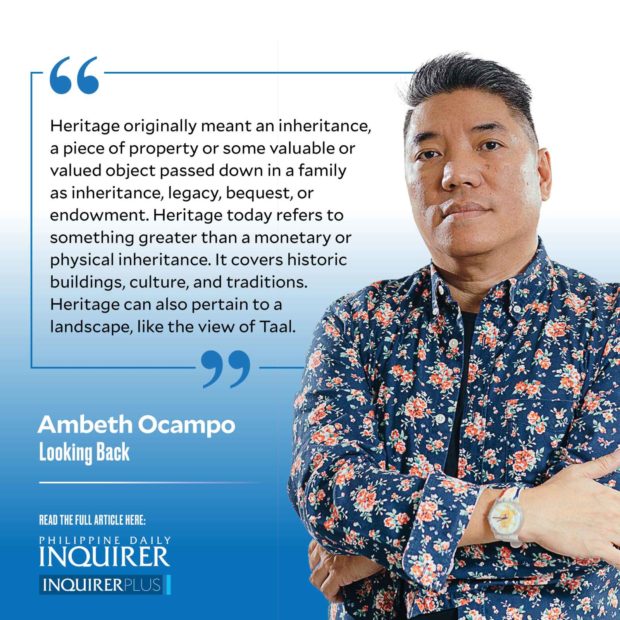Heritage: More heat than light
Years ago when I first posted a photo of Juan Luna’s prize-winning 1881 painting “La muerte de Cleopatra” (Death of Cleopatra), a well-meaning person asked: “Why is that in the Prado Museum in Madrid instead of in the National Museum in Manila?”
A similar remark greeted a photo I posted of the unique 1593 Doctrina Christiana, one of the earliest books printed in the Philippines: “Why is that in the US Library of Congress in Washington, DC, instead of in the National Library in Manila?”
Article continues after this advertisementIf I did not intervene immediately, the thread would have degenerated into heated, simple-minded, emotional comments demanding the repatriation of historic or cultural objects.
There are no easy answers to questions of cultural heritage. Each issue has to be taken differently, and each deserves a nuanced rather than a one-size-fits-all solution. After years of research in both the National Library and the National Museum, I can honestly say that if the two cultural treasures above were not abroad, they would have ended up as casualties of the 1945 Battle for Manila. These artifacts and many more exist today because they were and are cared for in foreign museums, libraries, and archives. Furthermore, most of them are available for research and study online, with high-resolution images downloadable for free. As I always remind my students, the internet has a lot more to offer in terms of education and entertainment than Netflix and porn.
During the pandemic lockdown, I downloaded a lot of 17th- to 19th-century Filipiniana. These included documents from the Archivo General de Indias in Seville, books from the Biblioteca Nacional de España in Madrid, and newspapers from the Hemeroteca Digital de España. More can be sourced from the US Library of Congress and the Bibliothèque National de France in Paris through Gallica, its web portal.
Article continues after this advertisementIn comparison, only the National Library of the Philippines and the Filipinas Heritage Library-Ayala Museum offer Filipiniana online. One library, which shall not be named, could not decide whether to share or be selfish. What little it placed online was defaced by a huge watermark running diagonally across every page. Not content with that, the site is difficult to
navigate and slow. The resolution is so low that they should not have even bothered.
I just discovered recently that the Inquirer is available online down to year 2000. Still, this can’t compare with the New York Times archives which go all the way back to 1851. Romantics may argue about the pleasure they get from handling a physical book or manuscript, but I am allergic to book dust and prefer high-resolution scans with optical character recognition that makes research a breeze. I now have primary source material to keep me busy for three lifetimes.
As a researcher, I have always had to contend with gatekeepers who are torn between making material accessible or keeping them hidden for misguided, selfish reasons. All these come to mind when I try to understand the tug-of-war between two grandnieces over the livelihood and legacy of the Kalinga tattoo artist Whang-Od. To understand all the issues and come to an informed opinion, I recommend Analyn Salvador-Amores’s 2020 article “Re-examining Igorot representation: Issues of commodification and cultural appropriation.” Since the world has changed so quickly because of the internet and social media, it is high time we looked back on our ideas and current laws on heritage preservation.
Heritage originally meant an inheritance, a piece of property or some valuable or valued object passed down in a family as inheritance, legacy, bequest, or endowment. Heritage today refers to something greater than a monetary or physical inheritance. It covers historic buildings, culture, and traditions. Heritage can also pertain to a landscape, like the view of Taal. As part of the patrimony of the nation, our view of the volcano and lake should not be obscured by private property built on the Tagaytay ridge.
Problems arise not only because of rights over heritage but our understanding of it. I notice in social media that people confuse history and heritage—words that they use interchangeably. History is based on a study and analysis of primary source documents, while heritage, which may draw heavily from history, is largely based on nostalgia, oftentimes a version of history seen through rose-tinted glasses. We have to be clear about heritage: Who is it for? How should it be preserved? Why? All complicated questions that generate more heat than light.
—————-
Comments are welcome at [email protected]

















